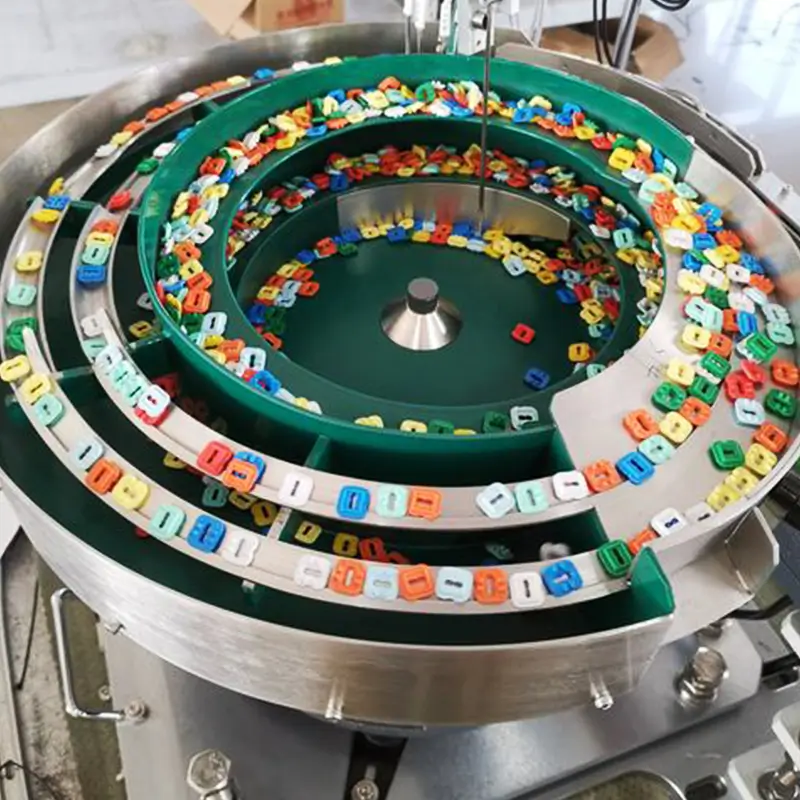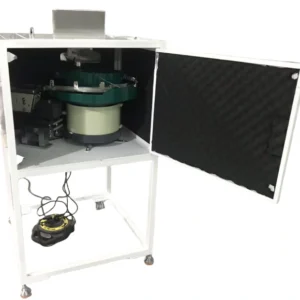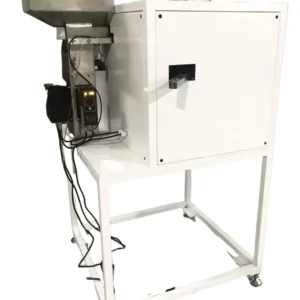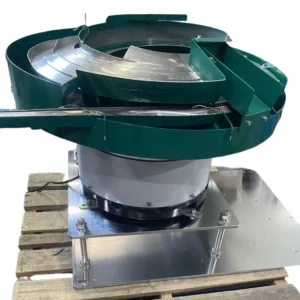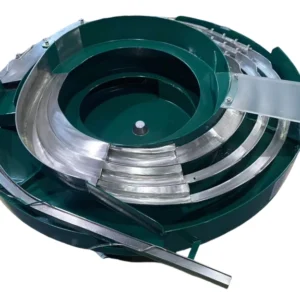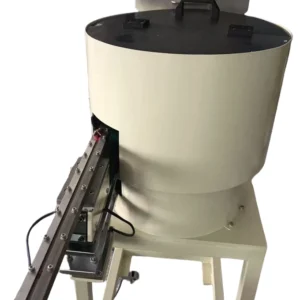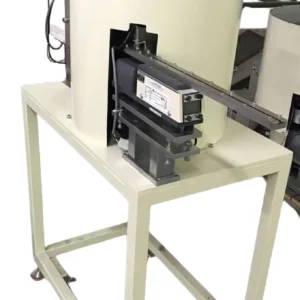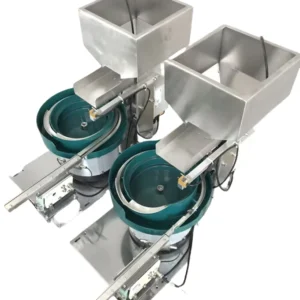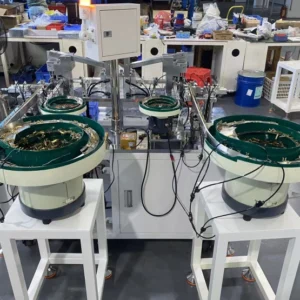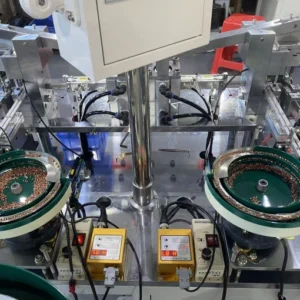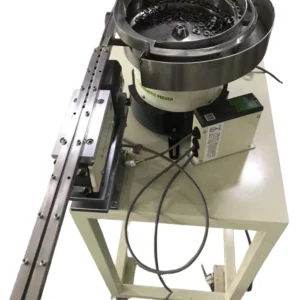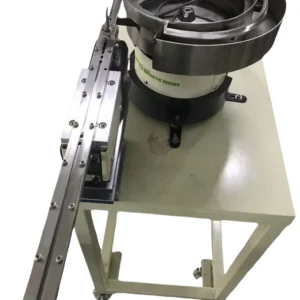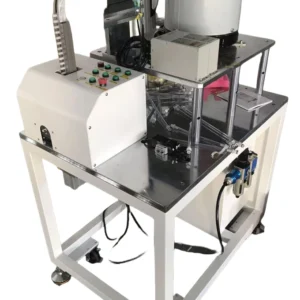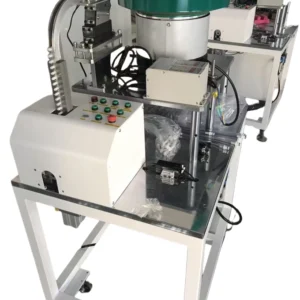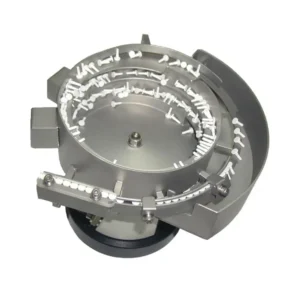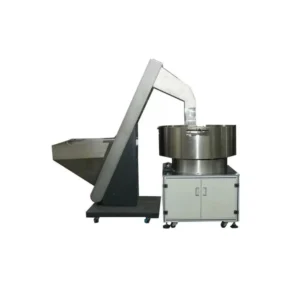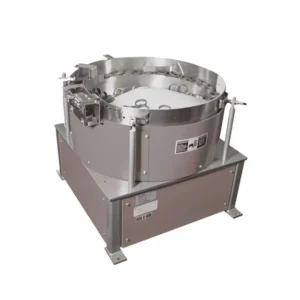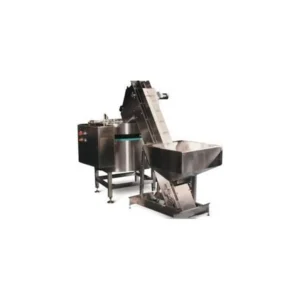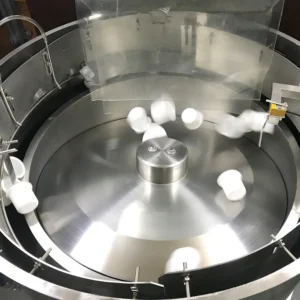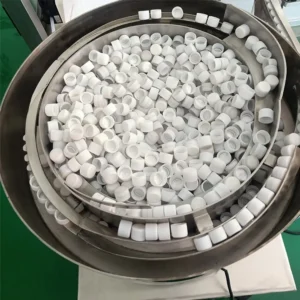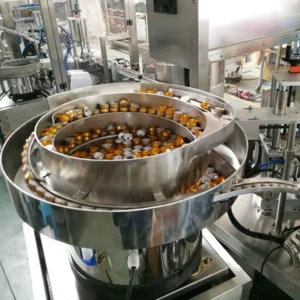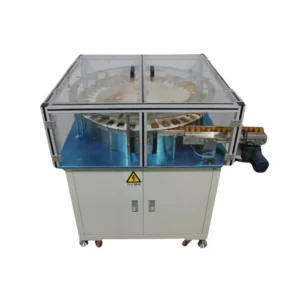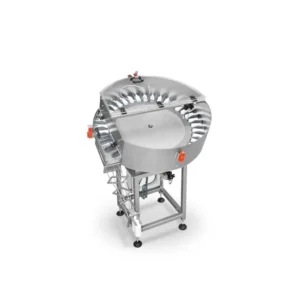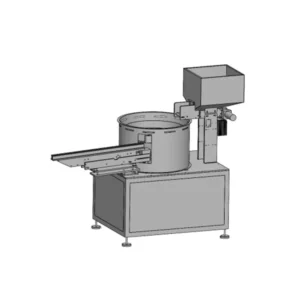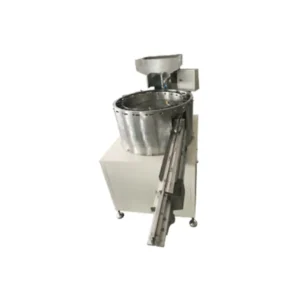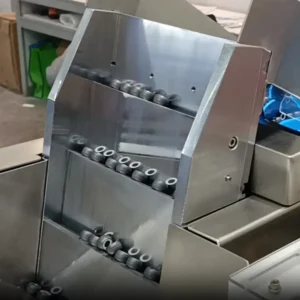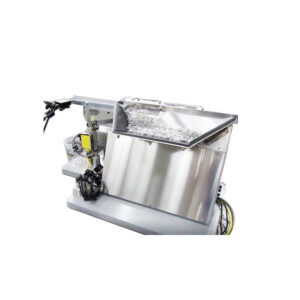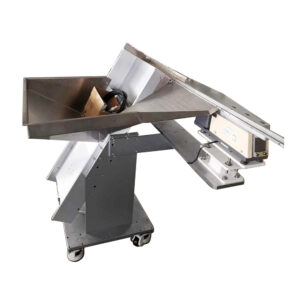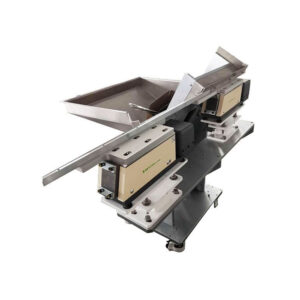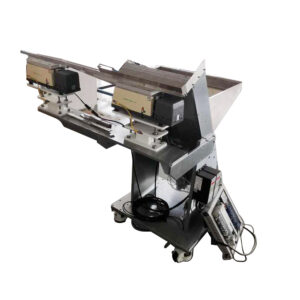- Vibratory Feeder Manufacturers
- What Are Vibratory Feeders?
- 2.1. Understanding the Basics
- 2.2. Types of Vibratory Feeders
- 2.2.1. Vibratory Bowl Feeders
- 2.2.2. Centrifugal Feeders
- 2.2.3. Step Feeders
- How Do Vibratory Feeders Work?
- 3.1. The Science Behind Vibrations
- 3.2. Key Components of a Vibratory Feeder
- Industries That Use Vibratory Feeders
- 4.1. Automotive Manufacturing
- 4.2. Metal and Plastic Processing
- 4.3. Construction and Beyond
- Benefits of Vibratory Feeders
- 5.1. Efficiency and Automation
- 5.2. Versatility and Customization
- Choosing the Right Vibratory Feeder Manufacturer
- 6.1. Key Considerations
- 6.2. Why SWOER Stands Out
- Trends in Vibratory Feeder Technology
- 7.1. Integration with Robotics
- 7.2. Sustainable and Energy-Efficient Designs
- FAQs About Vibratory Feeders
- 8.1. Common Questions Answered
- Conclusion
- 9.1. Partner with Leading Vibratory Feeder Manufacturers
Looking for reliable vibratory feeder manufacturers? You’re in the right place. Whether you’re in the automotive industry, metal processing, or construction, vibratory feeders are the unsung heroes of automation. Let’s dive into everything you need to know to make an informed choice for your business.
What Are Vibratory Feeders?
Understanding the Basics
Vibratory feeders are mechanical devices designed to transport and orient parts using vibrations—yes, just as the name suggests! Imagine them as conveyor belts with a clever twist, quite literally!
Types of Vibratory Feeders
Vibratory Bowl Feeders
Vibratory bowl feeders are the rock stars of the vibratory world. They gently vibrate parts into position for downstream processes, making them ideal for sorting and orienting small components like screws or caps.
Centrifugal Feeders
Centrifugal feeders are perfect for high-speed feeding applications. Using rotational force, they efficiently sort and orient parts, making them ideal for industries requiring fast and accurate part placement.
Step Feeders
Step feeders are designed for gentle part handling and precise feeding. Moving parts step-by-step ensures accurate positioning, making them ideal for industries dealing with fragile or irregularly shaped components.
How Do Vibratory Feeders Work?
The Science Behind Vibrations
Vibratory feeders use electromagnetic drives to create controlled vibrations. Imagine a rhythmic dance that guides components exactly where they need to go.
Key Components of a Vibratory Feeder
From the bowl to the controller, each part works in harmony. Understanding these components helps you choose the right feeder for your needs.
Industries That Use Vibratory Feeders
Automotive Manufacturing
Need to assemble car parts quickly? Vibratory bowl feeders are a go-to for placing nuts, bolts, and screws accurately.
Metal and Plastic Processing
Feeding materials for welding or molding? Vibratory feeders handle the task with ease.
Construction and Beyond
From sorting materials to feeding machines, vibratory feeders have countless applications in construction and other industries.
Benefits of Vibratory Feeders
Efficiency and Automation
Time is money, and vibratory feeders save plenty of both by speeding up production lines.
Versatility and Customization
Whether you’re dealing with tiny screws or large parts, vibratory feeders can be tailored to fit your needs.
Choosing the Right Vibratory Feeder Manufacturer
Key Considerations
Look for manufacturers with experience, a proven track record, and the ability to customize solutions.
Why SWOER Stands Out
With over a decade of expertise, SWOER is among the top vibratory feeder bowl manufacturers. Their customized solutions cater to diverse industries, ensuring seamless operations.
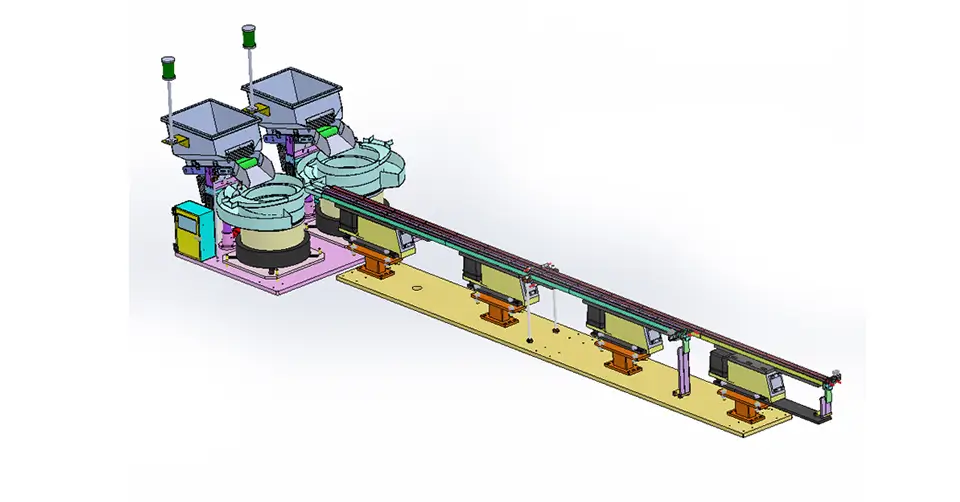
Trends in Vibratory Feeder Technology
Integration with Robotics
Automation is advancing. Integrating feeders with robots creates highly efficient systems for precise part placement.
Sustainable and Energy-Efficient Designs
Eco-friendly feeders are on the rise, reducing energy consumption and boosting sustainability.
FAQs About Vibratory Feeders
Common Questions Answered
still have questions? Check out our FAQ section for insights into maintenance, costs, and applications. If you need further assistance, don’t hesitate to contact us—we’re here to help!
Conclusion
Partner with Leading Vibratory Feeder Manufacturers
Choosing the right vibratory bowl feeder manufacturer is crucial. Partner with SWOER to elevate your operations with reliable, customized solutions. Ready to take the next step? Contact us today!

